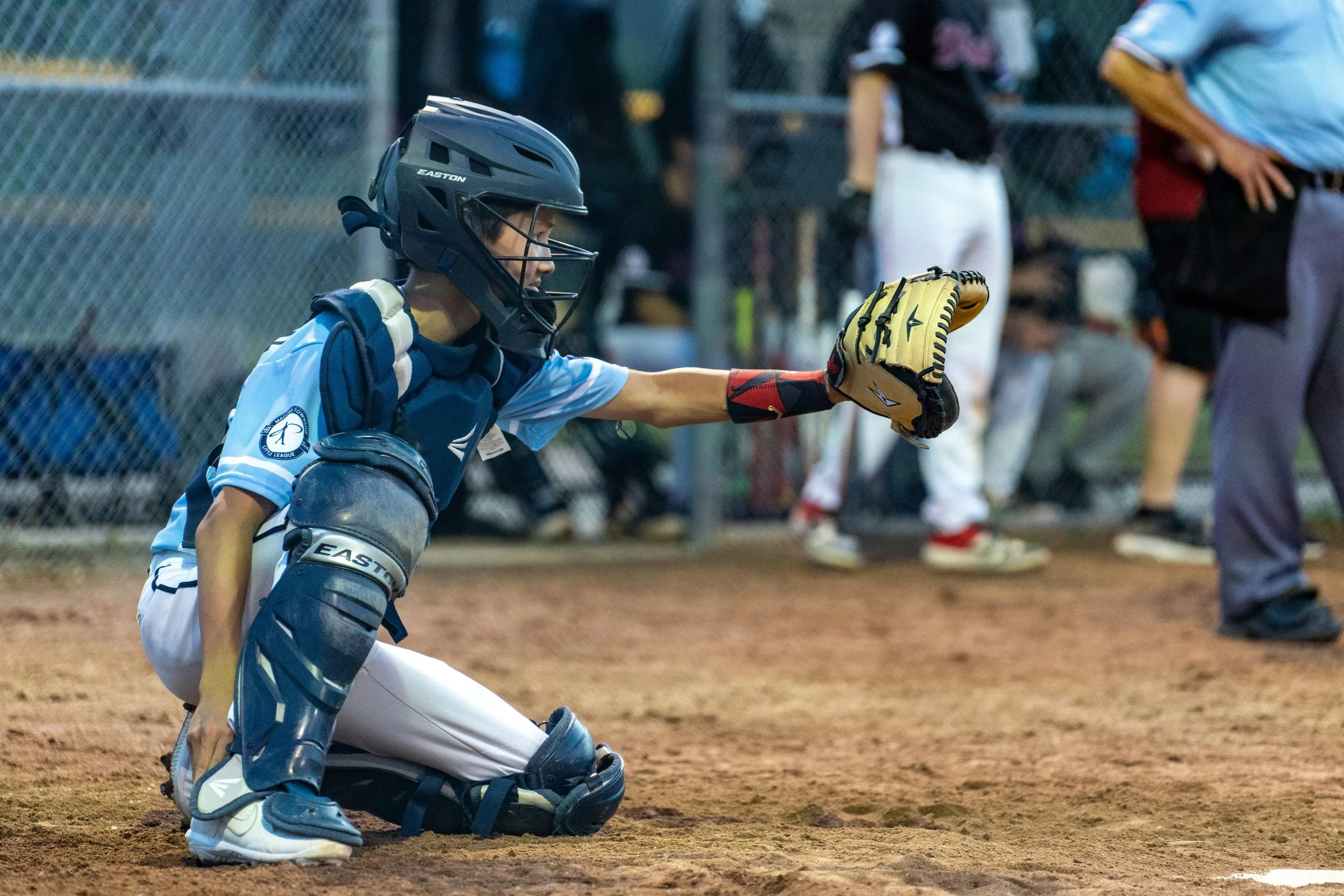From Little League Dreams to Collegiate Realities: The New Playbook for Young Athletes
The remarkable run of Fairfield National in this year’s Little League World Series took me back to 1989, when I watched Trumbull’s team make history. For many of those boys, that magical summer planted seeds of determination, commitment, and resilience – qualities that have served them well long after the cheers faded.
The experience, as members of the ’89 team recently recalled, transcended baseball, Trumbull, and the key lessons of sport. Ken Martin, now a successful business owner nationwide, recalled how quickly 12-year-olds had to grow up when suddenly faced with media attention, community expectations, and national visibility. Jason Hairston remembered the “crash course” in maturity, knowing how to act around presidents, professional athletes, and TV cameras.
Fast-forward 35 years, and while the core lessons of teamwork, perseverance, and hard work remain timeless, the context is dramatically different. Today’s young athletes grow up under a brighter spotlight – offering greater opportunity, but also greater exposure and pressure. They now look ahead to a collegiate landscape where student-athletes are not only praised but also paid. and the ripple effects of that shift are cascading downward to younger and younger levels of play.
Consider last year’s LLWS champions from Lake Mary, Florida. After Disney World celebrations, major league first pitches, and hometown parades, they returned to middle school, but their visibility didn’t end there. It extended online, where likes, followers, and viral moments can create a brand before a child is even a teenager. One player has more than 3,000 Instagram followers, and the team account drew thousands more.
The New Reality for Parents and Athletes
This new reality has only intensified since the NCAA’s 2021 adoption of NIL and the 2025 NCAA v. House settlement. College athletics has become a marketplace not just of performance, but of marketability. Opportunities once reserved for professionals now extend to college and even high school athletes, with the pressure filtering further down. Parents of young athletes are left asking: What if my child is next? How do we safeguard their growth amid this commercial rush?
I remain a strong believer that youth sports should be about fun, development, and community. But families also cannot ignore the evolving pressures of a system where money, branding, and influence play an increasingly central role in shaping an athlete’s future.
Considerations for student-athletes pursuing high school or college athletics:
Know your rights. The rules of NIL are shifting and unsettled (and hopefully will be in a more stable place by the time today’s young athletes reach college). Institutions and conferences are often driven by power and profit, so it’s important to understand and protect your rights as an athlete.
Beware eligibility risks. For athletes and parents of athletes entering high school, beware of eligibility risks. High school and college athletic associations may impose penalties if an athlete accepts compensation that violates their rules. What looks like a small deal today could jeopardize scholarship opportunities tomorrow.
The landscape is especially confusing as rules continue to shift. Just last week, the NCAA proposed that incoming Division I athletes report all NIL deals dating back to their junior year of high school or junior college through NIL Go, despite existing state laws and high school association regulations.
Uneven playing field. The current structure favors high-revenue sports. Dominant sports capture most money and exposure; women’s and non-revenue sports face uncertain paths. Families in women’s and non-revenue sports must be especially proactive in protecting and planning for their athlete’s path. For women athletes, knowing what protections Title IX provides is critical.
Protect the whole athlete. Financial education, mental health support, and legal guidance are vital early. Building this ecosystem helps young athletes manage pressures and real-world challenges that come with visibility and money.
Above all, remind young athletes that passion for the game, love of competition, and commitment to teamwork are the foundations for lasting success. The commercial elements can be navigated without losing sight of these core values.
Fairfield’s magical run will always belong to them, their teammates, and their community. But their story also highlights a new reality: talent and opportunity arrive earlier than ever, and families must be ready to balance that promise with protection.

